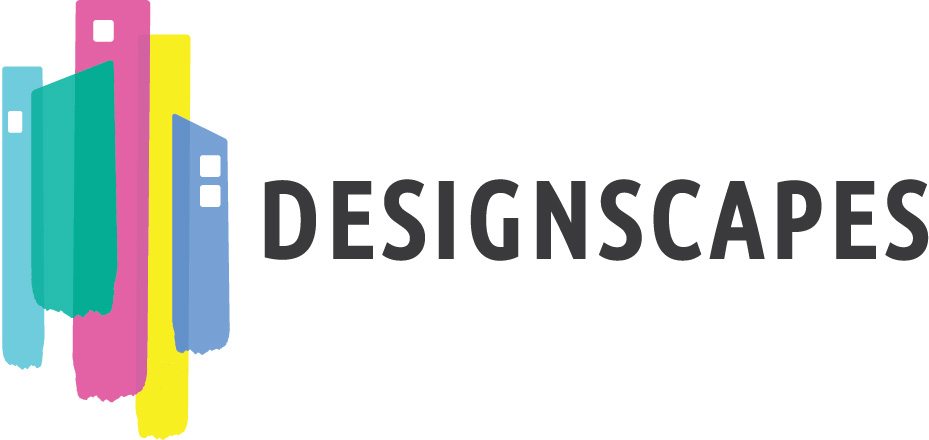energy downtowns news educational architecture urbanism European policies open position globalization competition planning habitability periodic news local development technology design inu study day landscapes outskirts & suburbs cities events scali ferroviari public policies Communication scenarios
DESIGN ENABLED INNOVATION IN URBAN ENVIRONMENTS a handbook
Grazia Concilio, Talita Medina, Ilaria Tosoni (Edited by, 2021)
Concilio G., Medina T., Tosoni I. (edited by, 2021),
Design enabled in urban environments a handbook
Planum Publisher, Roma-Milano | ISBN 9788899237370
A new paradigm and new approach towards innovation are urgently needed: innovation is the process through which answers to planetary struggles can be identified and transformed into products, services, policies, practices.
Nowadays innovation is invoked as the panacea solving the deadlocks and crises of our society. “Innovation is the answer” and everyone needs to look for it, make it real and achieve it in any domain and action sphere. We can consider innovation as such when it is able to effectively tackle planetary struggles and through it urban societies can accomplish their difficult and complex tasks.
Imagining, creating and developing these innovations requires the simultaneous consideration of different perspectives: of the user who may potentially adopt the new solution, of the organisation that will convey the product/service to the market, of the marketplace/ecosystem that will link the various products and services to their users and other stakeholders, and finally of the entire society, which will take benefit from the established solution.
This handbook introduces the main challenges, opportunities and policy recommendations for Design enabled Innovation in cities across Europe. It has been developed based on the main outputs of the DESIGNSCAPES project, an H2020 CSA (Coordination and Support Action) funded by the European Commission under the Call entitled “User-driven innovation: value creation through Design Enabled Innovation”. The Action started in June 2017 and involved 12 public and private organizations (mostly academia and local government associations) from 10 EU Member States, under the leadership of ANCI Toscana, the free association of Tuscan Municipalities. The key concepts developed through the project actions are presented and exemplified by a selection of the pilot projects funded through Designscapes open calls, policy tips from Designscapes White Paper on Design enabled Innovations, together with elements of the project Toolbox.
Design enabled Innovation IS THE DRIVER OF ALTERNATIVE people and nature positive FUTURES.
Imagining, creating and developing these innovations requires the simultaneous consideration of different perspectives: of the user who may potentially adopt the new solution, of the organisation that will convey the product/service to the market, of the marketplace/ecosystem that will link the various products and services to their users and other stakeholders, and finally of the entire society, which will take benefit from the established solution.
The handbook drafts a guide through these complex processes and advocates for a new perspective towards a purpose driven policy design.
TABLE OF CONTENTS
A journey towards Design enabled Innovation
1. Innovation and the City: exploring the Urbanscape
Pilot project_ Agroplaza
Policy tips_ Build functional urban design innovation ecosystems
Toolbox_ Stakeholder map
2. Design Agency: the third dimension of innovation processes
Pilot project_ Swinga
Policy tips_ Integrating DeI into the vision and roadmap of urban development
Toolbox_ Cultural Probes
3. Innovation and Transformative capacity: towards systemic change
Pilot project_ Fulcrum
Policy tips_ Improve design protection and incentive mechanisms
to balance market and societal benefits of DeI
Toolbox_ Theory of Change
4. From Designscapes experience to future EU innovation policies
Pilot project_ Adoorable Academy
Policy tips_ Next Steps
Toolbox_ Wisa Canvas
Bibliography
List of Authors
Acknowledgements
About DESIGNSCAPES project

DESIGN ENABLED INNOVATION IN URBAN ENVIRONMENTS a handbook | p. 21

DESIGN ENABLED INNOVATION IN URBAN ENVIRONMENTS a handbook | p. 25
DESIGN ENABLED INNOVATION IN URBAN ENVIRONMENTS a handbook | p. 49
Grazia Concilio, editor, Associate Professor at DAStU - Department of Architecture and Urban Studies of Politecnico di Milano - works on innovative processes in urban contexts, integrating urban planning, technological and digital innovation as a shared learning process.
Talita Medina, editor, graduated in Architecture and Urban Planning from the Pontifícia Universidade Católica do Paraná, Brazil. She was adjunct professor at DAStU - Politecnico di Milano - of the New Urban Scapes Town Planning Lab and Town Planning Design Workshop. Carry out professional and research activities on the subject of innovation in multiscalar urban transformation projects.
Ilaria Tosoni, editor, Doctor of Science in Civil Engineering from ETH Zurich, research fellow at DAStU, Politecnico di Milano. She has been collaborating on several EU funded projects by the HORIZON2020 program such as Open4Citizens, DESIGNSCAPES and MESOC. Her research focus is on transition and innovation processes in urban environments.




Planum
The Journal of Urbanism
ISSN 1723-0993
owned by
Istituto Nazionale di Urbanistica
published by
Planum Association
ISSN 1723-0993 | Registered at Court of Rome 4/12/2001, num. 514/2001
Web site realized by ChannelWeb & Planum Association | Powered by BEdita 3











